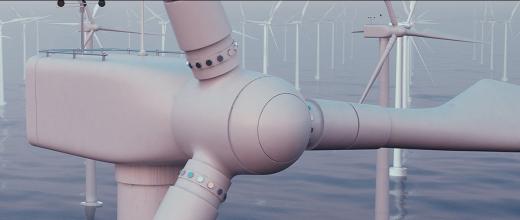 wind energY
wind energY
OVERVIEW AND CHALLENGES
The global development of wind energy is being driven by several factors:
- evolving technologies,
- a cost per kWh that is set to fall further,
- managed environmental impacts,
- the wider consultation of other users upstream of projects.
There is significant potential in Europe to develop wind energy within a sector that is growing fast.
Find out more about wind energy and its exploitation.
Our solutions Our networks Our strengths
Contact
News
Innovation and Industry
News
February 2021







